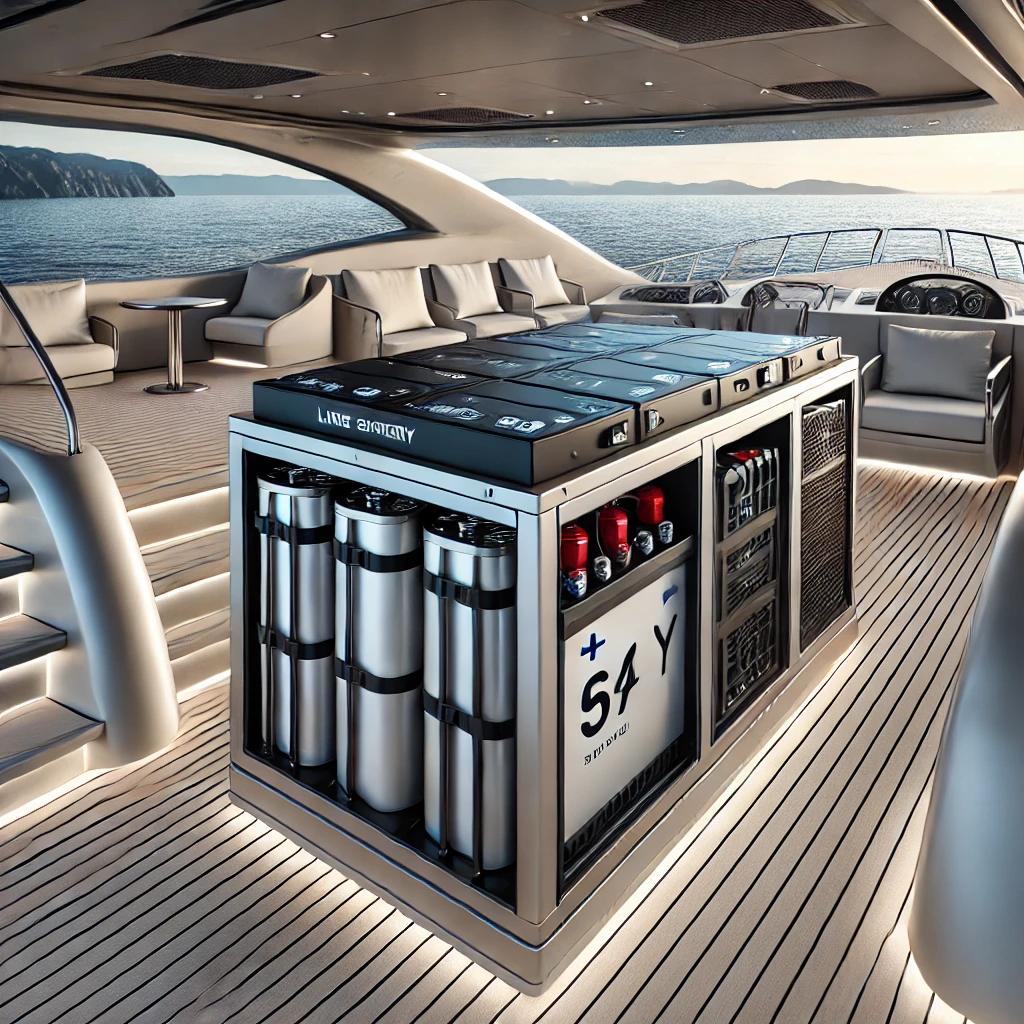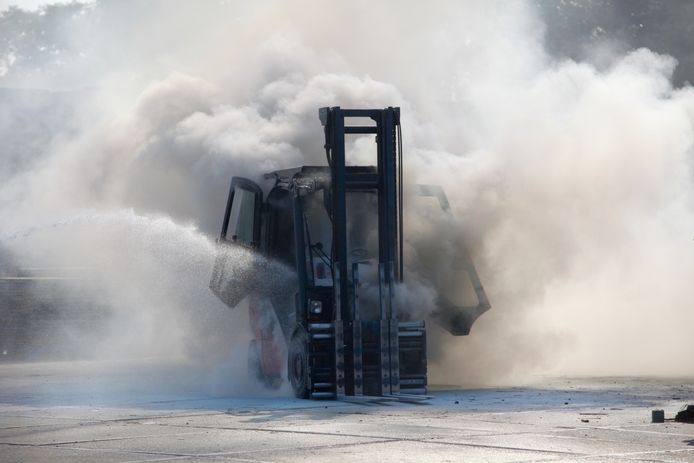contact
Understanding the M02-2022 Test Procedure for Storage Boxes on Yachts

Ensuring Battery Safety at Sea: Understanding the Testing Process for Storage Boxes on Yachts
As the yachting industry increasingly adopts advanced energy solutions for their efficiency and performance, the need for secure storage systems has never been more pressing. Fire hazards present unique challenges, particularly at sea, where emergency response options are limited. To address these concerns, stringent testing standards such as M02-2022 have been introduced to ensure that storage units meet the highest safety requirements. But what does this test entail, and why is it crucial for maritime operations?
What is the M02-2022?
M02-2022 is a specialized test procedure designed to evaluate the safety performance of energy storage enclosures used on yachts and other marine vessels. It focuses on key aspects such as thermal management, fire containment, and explosion resistance. The test ensures that in the event of a malfunction, the storage unit can effectively mitigate risks and protect both the vessel and its occupants.
The test is not only about fire protection but also about ensuring that storage systems withstand harsh marine conditions. Given the unique challenges of operating at sea, the ability to securely store and transport energy sources is critical to avoiding potential hazards.
The 4 Key Elements
1. Thermal Runaway Containment
One of the primary risks associated with energy storage is thermal runaway—a chain reaction that can lead to fire or explosion. The test simulates a thermal runaway event inside the storage unit to assess its ability to contain extreme heat and prevent external damage. This is particularly important in confined yacht spaces where a fire can spread rapidly.
Thermal runaway can be triggered by overcharging, manufacturing defects, or physical damage. The test subjects units to controlled conditions that could cause failure and observes how well the enclosure contains the incident. Effective containment systems ensure that heat and flames remain within the storage unit, reducing the risk of onboard incidents.
2. Fire Resistance and Suppression
The storage enclosure is exposed to high temperatures and open flames to evaluate its fire-resistant properties. Some models integrate built-in fire suppression systems, which are also tested for effectiveness in extinguishing fires. These suppression systems may include fire-retardant materials, automatic gas dispersion systems, or heat-activated extinguishing agents.
A well-designed storage system should not only withstand fire but also help suppress it, preventing the spread of flames. The test checks the effectiveness of these systems under real-life conditions, ensuring that they can operate correctly when needed.
3. Gas Ventilation and Explosion Resistance
When energy storage systems fail, they can release toxic and flammable gases. The test examines the storage unit’s ventilation system to ensure gases are safely dispersed without causing internal explosions or excessive pressure buildup. The presence of a controlled venting mechanism is crucial to prevent dangerous gas accumulation.
Explosion resistance is also a vital aspect of the test, as failures can sometimes result in violent energy releases. The unit must be designed to withstand sudden pressure spikes while safely venting gases to prevent further escalation.
4. Structural Integrity Under Marine Conditions
Yachts operate in dynamic environments, facing vibrations, saltwater exposure, and constant motion. The test includes mechanical stress simulations to confirm that the storage enclosure remains intact and functional in harsh marine conditions. This ensures that even in rough seas, the system will continue to perform without compromising safety.
Why M02-2022 Certification Matters for Yachts
Compliance with Maritime Safety Standards
Regulatory bodies and classification societies increasingly require vessels to implement fire mitigation measures. Having certified storage systems ensures compliance with evolving safety regulations, helping yacht owners and operators avoid potential legal or insurance complications.
Enhanced Safety for Crew and Passengers
A fire at sea can be catastrophic. Certified storage solutions minimize the risks, offering peace of mind to yacht owners, captains, and crew members. With strict safety measures in place, vessels can operate with a higher degree of confidence in their onboard energy storage systems.
Protection of High-Value Assets
Luxury yachts contain advanced electronics and sophisticated systems that could be severely damaged by an uncontrolled fire. A tested and certified storage enclosure serves as a first line of defense against potential losses, safeguarding not only the yacht itself but also the high-value equipment and systems on board.
Longevity and Reliability
Investing in a high-quality, certified storage unit ensures durability and reliability over time. These units are designed to withstand extreme conditions, reducing the likelihood of needing frequent replacements. By choosing a certified solution, yacht owners benefit from long-term protection and cost savings.
Choosing the Right Certified Storage Solution
When selecting a storage enclosure for a yacht, look for products that have undergone rigorous testing and are designed specifically for marine environments. Features such as fireproof materials, integrated gas venting, and automated fire suppression should be prioritized. You can check our range of solutions here: Check storage units.
Additionally, it is important to work with manufacturers that have expertise in fire safety. Companies that specialize in marine protection solutions can offer tailored recommendations based on vessel size, storage capacity, and operational needs.
Final Thoughts
The adoption of advanced energy storage technology in the yachting industry brings numerous benefits, but it also introduces significant safety challenges. The test procedure plays a vital role in ensuring that storage enclosures meet the highest standards of fire prevention and containment. By investing in certified storage solutions, yacht owners can safeguard their vessels, comply with safety regulations, and enhance overall onboard security.
For more information on certified storage solutions, contact Liiontek today. Our cutting-edge fireproof storage enclosures are designed specifically for the marine industry, offering unparalleled protection against onboard hazards.



